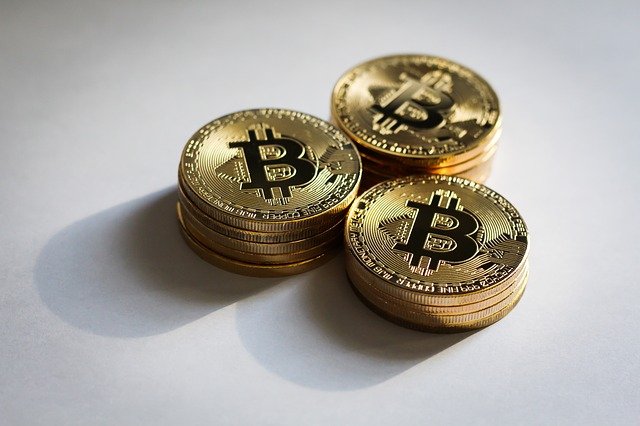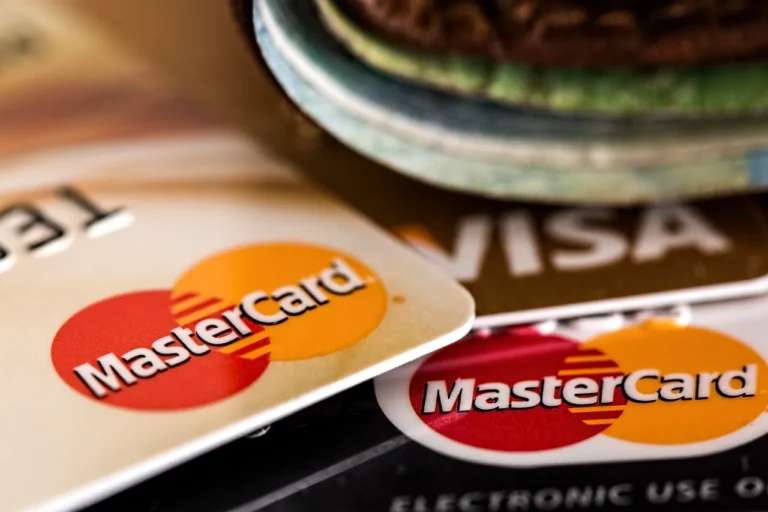
Cryptocurrency can be a minefield. Despite experiencing a rapid surge in recent years, a vast majority of the population are still unaware of what cryptocurrency investment involves. From unique terms to insider jargon, there is so much to learn. Whether you are a seasoned investor or just looking to take your first step into the rich and interesting world of cryptocurrency, continue reading to familiarise yourself with a number of key terms you should know before you invest.
- Bitcoin
Even for those unfamiliar with the ins and outs of cryptocurrency, Bitcoin is one of the most common buzzwords associated with the trend. It is the name given to one of the most prevalent and valuable cryptocurrencies on the market today. It was invented in 2008 and officially launched in 2009. Since its inception, it has enjoyed a steady rise in popularity but has also been subjected to a number of sudden fluctuations during its lifespan. Bitcoins can be exchanged for alternative currencies, products, and services. Their real-world value, however, is subject to change and can be extremely volatile. The cryptocurrency reached an all-time high in April 2021 when the price of one coin hit $63,000. It then suffered a dramatic low when it almost halved in price less than a week later.
- Staking
Staking is relatively similar to mining. In the simplest of terms, it is the process of locking cryptocurrencies in a specialised cryptocurrency wallet to receive awards. In most cases, you can stake your coins directly from your cryptocurrency wallet. A wide range of exchanges also offer staking services for loyal customers. When the minimum balance is met, that cryptocurrency amount is deposited by a node into the network as a stake. The size of the stake is directly proportional to the odds of the same node being selected to forge the next block. If the node succeeds in creating a block, the validator receives a reward. They lose part of their stake, however, if they double-sign or end up attacking the network. The process can be further explained with KyberDAO staking. By participating in KyberDAO staking, KNC holders can get rewarded for their efforts.
- Blockchain
A blockchain is a distributed ledger system comprised of a series of blocks. Each block contains verified transactions. The blockchain was designed to be decentralised and conclusive and was established as a means of keeping track of each Bitcoin transaction. Once a block has been placed on the ledger, it cannot be removed. A blockchain is not only programmable but encrypted for maximum safety and security. It also provides participants with complete privacy and confidentially by concealing any identifying data or by providing pseudonyms. If one block was altered somehow, it would be immediately apparent. In order for a hacker to compromise an entire blockchain, every single block would have to be altered to some degree. A blockchain grows stronger with the addition of each brand-new block.
- Bull or bullish
When it comes to stocks and investments, investors often describe themselves as bullish. If you are unfamiliar with the process of cryptocurrency investment, you may be a little confused. Simply put, if a cryptocurrency trader is confident an asset will rise in value, they are deemed as bullish and labelled a bull. Conversely, bearish is the name given to investors who believe a stock will underperform. Similarly, a bull market describes a market where conditions are expected to rise whereas a bear market describes the process of prices entering a downward spiral.
- Mining
Mining is the process of finding or earning brand-new cryptocurrencies and launching them into circulation. It is a crucial step in the maintenance and development of the blockchain ledger. It involves placing recent transactions into blocks and performing extremely complex and sophisticated computational math problems. While it has the potential to yield rewards, the process can be painstakingly time-consuming and costly to perform. There are several financial risks involved with mining. For example, an investor may purchase expensive mining equipment only to have no return on their investment in the long run. This risk, however, can be lessened by joining mining pools. A mining pool is a group of like-minded cryptocurrency miners combining their resources to strengthen their chances of finding a block or successfully mining for cryptocurrency coins. If members are successful, the reward is shared amongst participants in the mining pool.
- Ethereum and Ether
Ethereum is a decentralised blockchain launched in 2013 by a 19-year-old computer programmer. Ether is the native cryptocurrency on Ethereum. It is the largest cryptocurrency after Bitcoin in terms of market capitalisation and is the most active blockchain on the market today. It has been described as a virtual machine and a world computer. This is due to its ability to develop and operate decentralised apps on a shared computer network. As with Bitcoin, Ether can be traded, sent, and received with no need for third-party involvement.
- Address
Address can have a wide range of meanings outside of the cryptocurrency sphere. Within cryptocurrency, it is the name given to a unique code used to send, store, and receive cryptocurrency. It also indicates the location of a wallet on the blockchain. A different address is assigned to each user and is comprised of a combination of 26 to 35 letters and numbers. As a result, they can be difficult to interpret by humans but easily recognisable by computer software programs. Addresses are public and can be accessed via a blockchain explorer to witness the transaction history of a particular address. They tend to remain anonymous with pseudonyms attached to addresses to protect the identity of the user.
- Fiat money
Fiat currency is the name given to real-world currency. For example, if you purchase cryptocurrency with US dollars or Great British pound sterling, this is referred to as fiat currency. In the simplest of terms, fiat currency is the name given to any form of currency that has a physical presence and can be used in the real world. As opposed to cryptocurrencies, they are centralised, government-controlled and fully regulated. It also does not have intrinsic value and is only valued as a regulated currency because a government deems it so. Fiat currency differs from cryptocurrency in a number of ways. For example, Bitcoin transactions can be completed in a matter of minutes. Local and international fiat transactions, on the other hand, can take days to complete. With Bitcoin transactions, only two parties are involved and no intermediary is required. Fiat transactions, however, require an intermediary, such as a bank or payment provider, in order to verify a transfer.
Whether you are new to the world of cryptocurrency or consider yourself an Ethereum expert, there are a number of terms you must familiarise yourself with before you start investing. As with each industry and sector, it takes a considerable amount of time to understand cryptocurrency jargon. If you are unsure where to begin, start by educating yourself on the definition of a number of key cryptocurrency terms. By ensuring you are clued up on Bitcoin, staking, blockchain, bull or bullish, mining, Ethereum or Ether, address, and fiat money, you can begin your cryptocurrency journey today.





